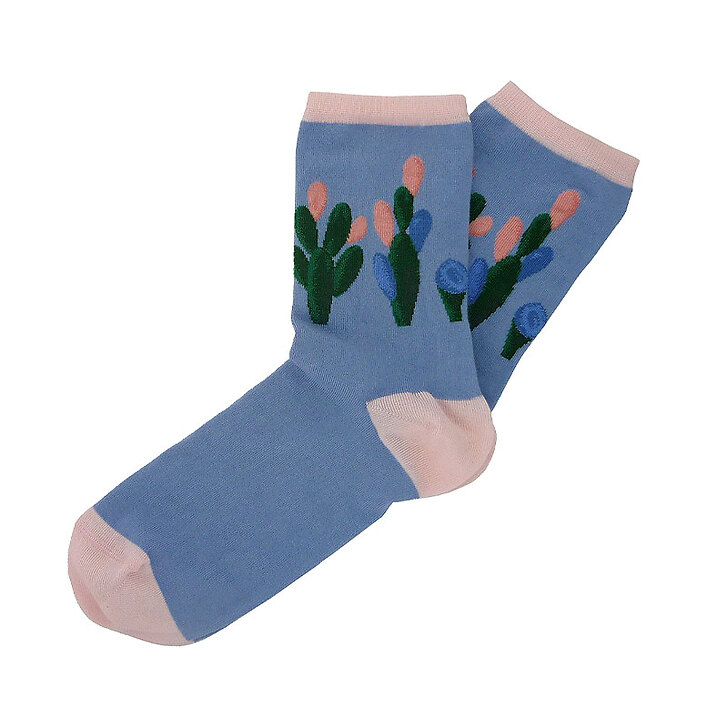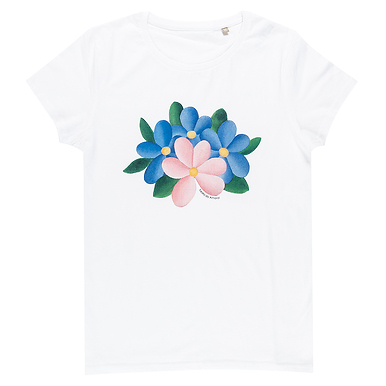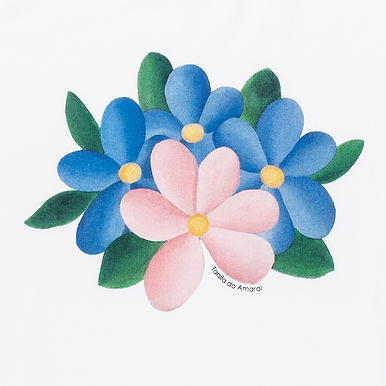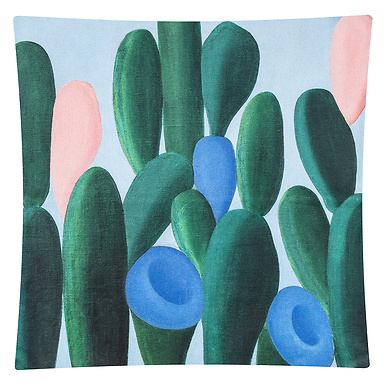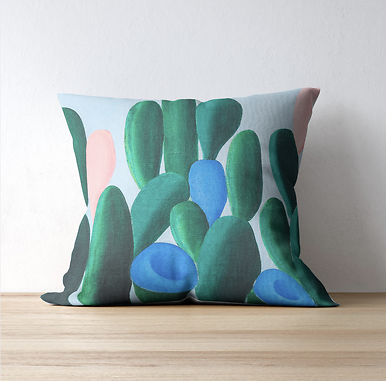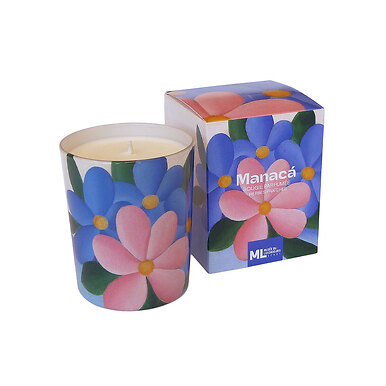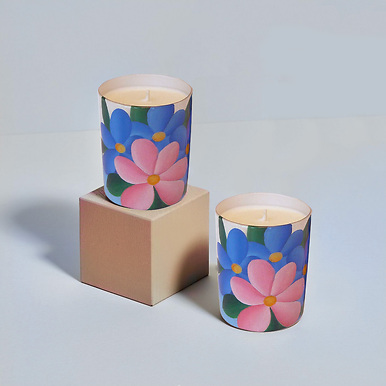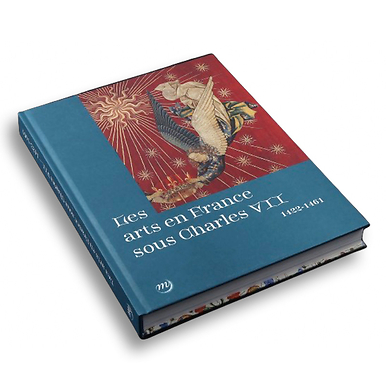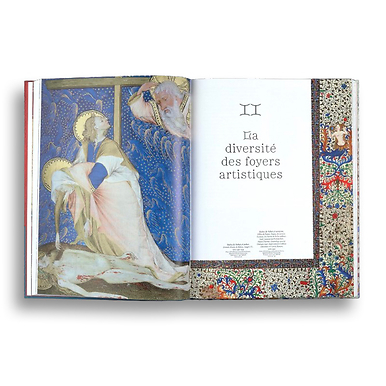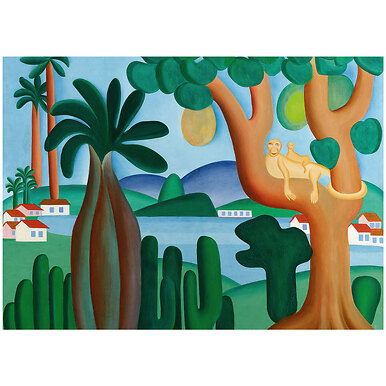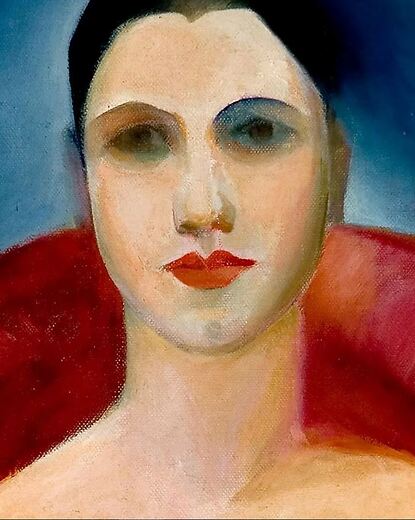Socks 36/41 Tarsila do Amaral - Manacá
CH901410
These socks were created for the exhibition « Tarsila do Amaral Painting modern Brazil » at the Musée du Luxembourg from October 9, 2024 to February 5, 2025
The socks are printed with a detail from the work of Tarsila do Amaral (1886-1973), Manacá, 1927
(Oil on canvas. 76 x 63,5 cm - Private Collection...
Read more
These socks were created for the exhibition « Tarsila do Amaral Painting modern Brazil » at the Musée du Luxembourg from October 9, 2024 to February 5, 2025
The socks are printed with a detail from the work of Tarsila do Amaral (1886-1973), Manacá, 1927
(Oil on canvas. 76 x 63,5 cm - Private Collection)
© Courtesy of Almeida & Dale Galeria de Arte / photo Sergio Guerini
© Tarsila do Amaral Licenciamento e Empreendimentos S.A
Close
Sold by GrandPalaisRmn

